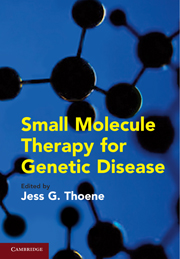Preface
Published online by Cambridge University Press: 17 November 2010
Summary
The problem of recognition and treatment of rare diseases has been a topic of interest since Representative Henry Waxman held hearings on this issue in 1980. Led by Representative Waxman, clinician/scientists, legislators, patient interest groups, and drug companies all participated in the formation and passage of the Orphan Drug Act of 1983 (PL 97–414). In that legislation, an orphan disease was defined as a condition that affects fewer than 200,000 Americans. In testimony during hearings while the bill was being drafted, it was learned that treatments for more than 100 rare diseases existed but were not being developed because of lack of interest by pharmaceutical companies because of the small market and thus, lack of potential profitability. The Act provided tax incentives for clinical trials of these agents, grants to assist investigators in performing the trials, and a structure at the U.S. Food and Drug Administration (FDA; The Office of Orphan Products; see Chapter 2) to help shepherd applications through the agency. The Act has been an unqualified success. In fact, President Reagan, who initially threatened to veto the legislation, later described it as “…one of the most significant and successful pieces of health care legislation during my presidency…”
The topics addressed in this book are all rare diseases within the meaning of the Orphan Drug Act. The success of these therapies is recognition of the hard work expended by clinical investigators (many of whom are authors of chapters in this book) to bring successful treatment for these serious and often life-threatening conditions to new drug approval.
- Type
- Chapter
- Information
- Small Molecule Therapy for Genetic Disease , pp. xi - xivPublisher: Cambridge University PressPrint publication year: 2010

